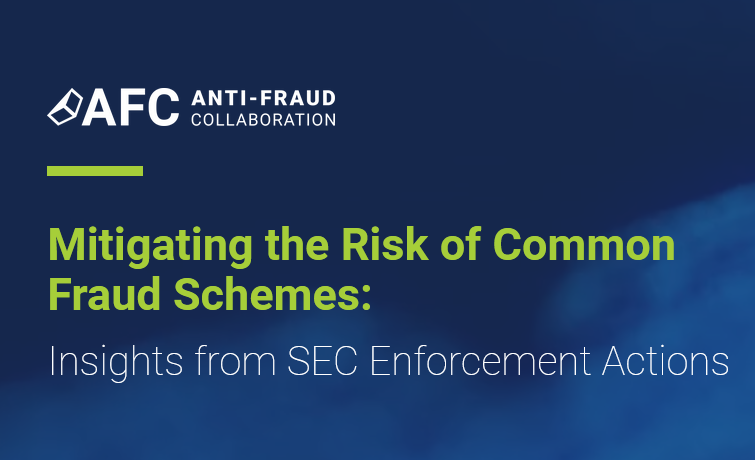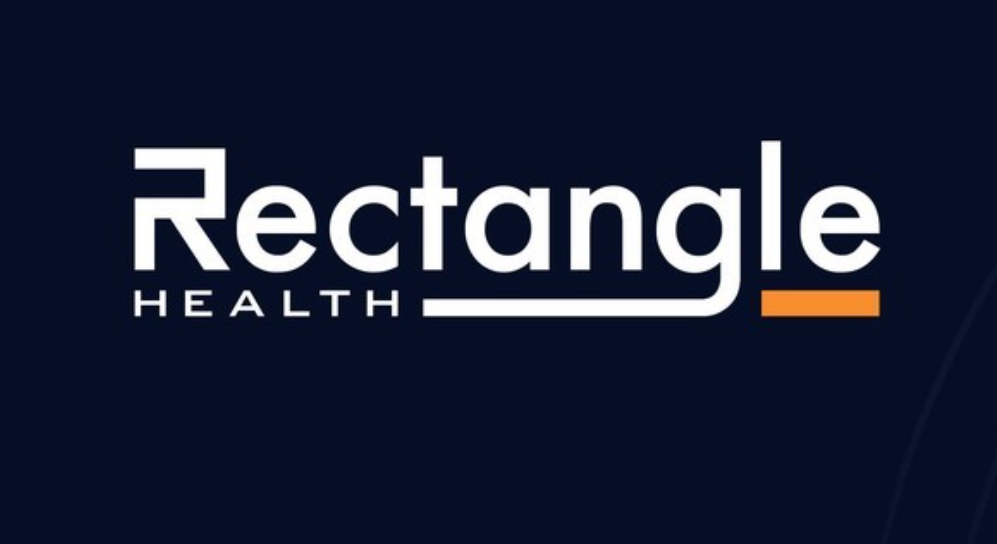A new report by the Anti-Fraud Collaboration found common themes among SEC enforcement actions of financial statement fraud, including the types of fraud schemes, industries, perpetrators, and company size. The report provides insights for deterring and detecting fraud at a time when the COVID-19 pandemic heightens the risk of financial reporting fraud.
The most common type of fraud incident was improper revenue recognition (43%). Reserves manipulation (24%), inventory misstatement (11%), and loan impairment issues (11%) were other common financial statement fraud schemes.
Some industries were charged more frequently than others. Technology services companies (17%) were the most commonly charged industry. Finance (13%), energy (11%), and manufacturing (9%) were also charged in the enforcement actions.
The report, Mitigating the Risk of Common Fraud Schemes: Insights from SEC Enforcement Actions, was released by the Anti-Fraud Collaboration, a cooperative of financial reporting stakeholders dedicated to enhancing the effectiveness of financial fraud risk management. The report reveals results from the review of 531 Accounting and Auditing Enforcement Releases (AAERs) filed between 2014 and 2019, finding 140 financial statement fraud schemes across 204 enforcement actions.
“The risk of financial statement fraud at public companies is real, and that risk has only increased during the pandemic,” said Julie Bell Lindsay, Executive Director at the Center for Audit Quality. “Deterring and detecting fraud requires extreme vigilance from all participants in the financial reporting system—regulators, internal and external auditors, audit committees, and especially public company management.”
The report found that members of public company management were more frequently charged in SEC enforcement actions than any other individuals. Chief Financial Officers (54%) were the most commonly charged employees, followed by Chief Executive Officers (31%).
The SEC took enforcement action against issuers of all sizes. Seventy-nine AAERs (39%) were filed against companies with less than $250 million in market capitalization. Forty-four AAERs (22%) were filed against small-cap companies. Twenty-two AAERs (11%) were filed against mid- and large-cap each.
The report also examined the circumstances that could have contributed to fraud. In the AAERs, the SEC cited as contributing factors the tone set by company management, a high-pressure environment, and a lack of adequately experienced personnel. According to the report, public companies can effectively fight fraud by exercising professional skepticism, focusing attention on high-risk areas across companies as well as on company-specific risks, and conducting regular quantitative and qualitative risk assessments.
“Past crises have proven that, in times of disruption or stresses on the economy or an industry, companies should be prepared for the possibility of increased fraud,” said Peter Gleason, CEO of the National Association of Corporate Directors. “This remains true amid COVID-19, and this study provides all members of the financial reporting system with the information and tools they need to focus on regular risk assessments to take into account the pandemic’s impact.”
“Members of the financial reporting supply chain can learn from the AAERs how controls were circumvented,” said Richard F. Chambers, President and CEO of the Institute of Internal Auditors. “From continuing to evaluate and improve the strength and efficacy of internal controls to ensuring an ethical tone and standards at the top of the company, all players can work together to prevent financial statement fraud.”
The full report is free to access at: https://publication.thecaq.org/mitigating-the-risk-of-common-fraud-schemes/mitigating-the-risk-of-common-fraud-schemes/
Thanks for reading CPA Practice Advisor!
Subscribe Already registered? Log In
Need more information? Read the FAQs




